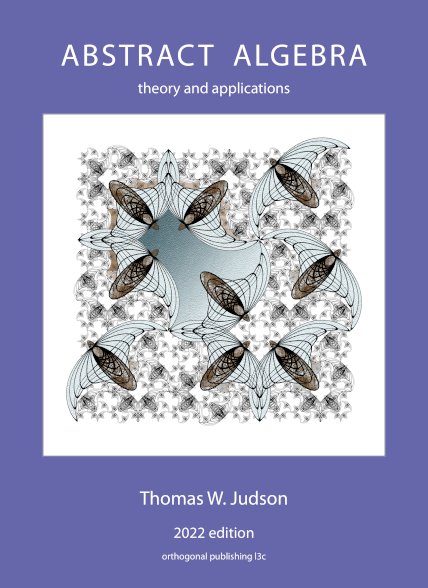Example 16.2.
As we have mentioned previously, the integers form a ring. In fact,

